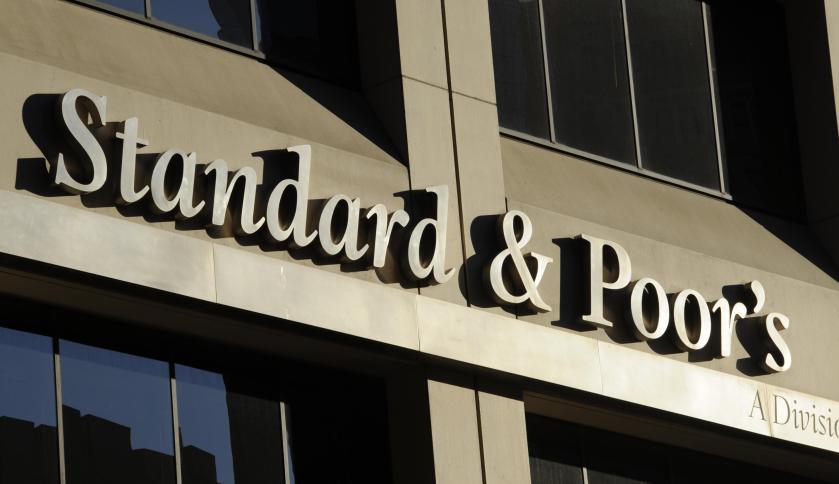
About the Company –
India Glycols Limited (IGL) is a leading company that manufactures green technology based bulk, specialty and performance chemicals and natural gums, spirits, industrial gases, sugar and nutraceuticals.
IGL manufactures chemicals including glycols, ethoxylates, glycol ethers and acetates, and various performance chemicals. Its product range spans the chemicals, spirits, herbal and other phytochemical extracts and guar gum and industrial gases and finds application across an increasing number of industries.
IGL has a 5 variant business model, catering to the streams of Chemicals, Industrial Gases, Ennature Biopharma, Natural Gums and Spirits.
Business Model –
The Company is the largest Producer of Bio-Mono Ethylene Glycol (Bio-MEG) in the World. The Company manufactures Mono-ethylene, Di-ethylene, Tri-ethylene glycol as well with a significant market share.
Chemicals: The chemical business contribute over 62% of the total turnover. Even though Sales has decreased from Rs. 2601 Crores to Rs. 2309 Crores due to depressed Global economic situation, the company expects this segment to pick up from Q2FY18.
Ethyl Alcohol: It contributes over 36% of total turnover. During the year, thrust was given to the export of high quality EXTRA Neutral Alcohol and IGL gained Premium Quality ENA Suppliers in International Market.
Others: During Year company sold 928 Metric Tonne (MT) of Steri gas compared to last year 912 MT.
The Company has achieved a total export sales of Rs. 873 Crores and is granted “One star Export House” status by Government of India.
The Company has become a Qualified suppliers to many large conglomerates worldwide for natural colours, nutraceuticals, health supplements and plant based active pharmaceutical ingredients.
In 12th Five Year Plan, allocation of 10% share of the USD 1 Billion is being allocated towards the R&D and Technological advances in the chemicals field by way of setting up of technology upgradation fund of USD 100 million.
Industry Analysis –
Industrial Insight:
- The global bulk chemicals market has been experiencing a significant growth due to its increased use in the downstream market applications especially the booming textile industry and PET (Polyester Fiber) resin products industry.
- The Global Glycol is expected to have a demand of CAGR of 7.6% from 2017 to 2025. Glycol Market size worth is $42.7 Billion.
Product Insight:
- Mono Ethylene Glycol is Expected to have CAGR of 4.8% for 2017-2020.
TEG (Tri-ethylene Glycol) is expected to be the slowest growing segment with an estimated CAGR of 3.6%.
- The Ethylene Glycol market is Dominated by Mono Ethylene Glycol with about 90% of Volume share.
Application Insights:
Among the Applications, Fiber is expected to grow at fastest CAGR of 5.1% from 2017 -2020 which is considered as a dominant in the Revenue Section.
Regional Insight:
Asia pacific is Dominant consumer of Ethylene Glycol with 66.46% of share and it is expected to continue with CAGR of 4.9%, above the consolidated CAGR of 4.7%.
Competitive advantage:
The Company is the largest manufacturer of Bio-Mono Ethylene Glycol in the World. This helps the company to deliver better margins as compared to other players. MEG produced from molasses gives approximately 20% cost advantage to the company.
It is expected to have a healthy growth in exports over the coming years, especially from Ennature Bio-Pharma division, revenue of which has doubled in FY 17 to 150 odd crores and EBITDA margin at 65 crs.
Company information –
- Since its incorporation, the company has changed its registered office 8 times since its incorporation in 1983.
- Chairman, Mr. Uma Shankar Bhartia who owns 1.45% in India Glycols, is a related party by way of directorship in other investee companies like Kashipur Holdings Ltd as well as Mayur Barter Pvt Ltd.
- The company owns 10 Trade Marks in its name.
- The company currently has Rs. 2,473 crores under charge on its immovable property and book debts.
Outlook –
Ethylene Oxide Derivatives: It is a very important chemical used as an intermediate for the production of other chemicals and Sterliant Industrial Surfactants.
Globally Chemical Industry was valued at $4.3 Trillion in 2015 and is expected to grow at 5.5% per annum till 2020 to $5.7 Trillion. Indian Chemical Industry is estimated to be valued at $147 Billion and contributes 3% to the Global Chemical Industry.
With GST coming into effect from 1st July, logistic cost for the company is expected to come down by 10-15% as well as reduce effective tax by 15%.
In chemical industry Ethylene is classified as Intermediary. The Ethylene segment is expected to provide significant growth opportunities for Indian Players.
| Quarter Ended | 31-Mar-17 | 31-Dec-16 | 30-Sep-16 |
| Top Line | 610.85 | 536.24 | 718.41 |
| Expenses | 595.58 | 514.17 | 709.33 |
| EBITDA | 70.51 | 65.35 | 54.43 |
| PAT | 15.85 | 8.92 | 11.96 |
| EPS | 5.12 | 2.88 | 3.86 |
Summary –
The company has proposed raising of funds, subject to members approval for an amount NOT EXCEEDING `250 Crores by way of issue of securities through Public Offering/Private Placement/QIP or otherwise.
These funds will be mostly used for reduction of debt. The company has a debt of 1100 crs and expects to bring it down by 300 crs in this year. On back of this, the effective interest cost is expected to come down from 120 crs to 100 crs. The company expects to do a PAT of 60 crs of PAT in FY18 vs 45 crs thereby translating into an EPS of 19 per share. Even giving an Industry PE of 14, the target price would be 266 (upside potential of 30% from current levels of 195 Rs).

